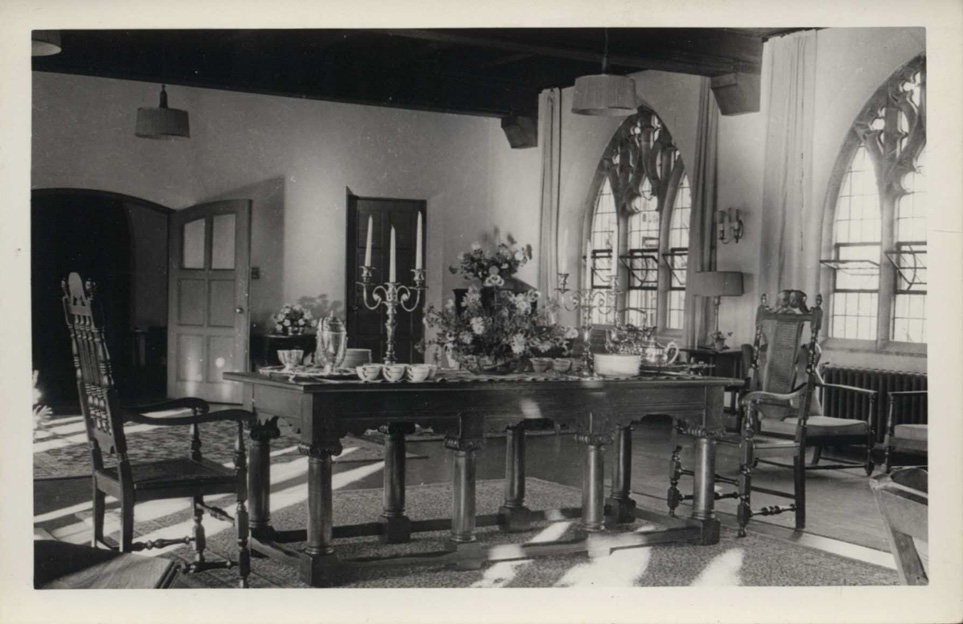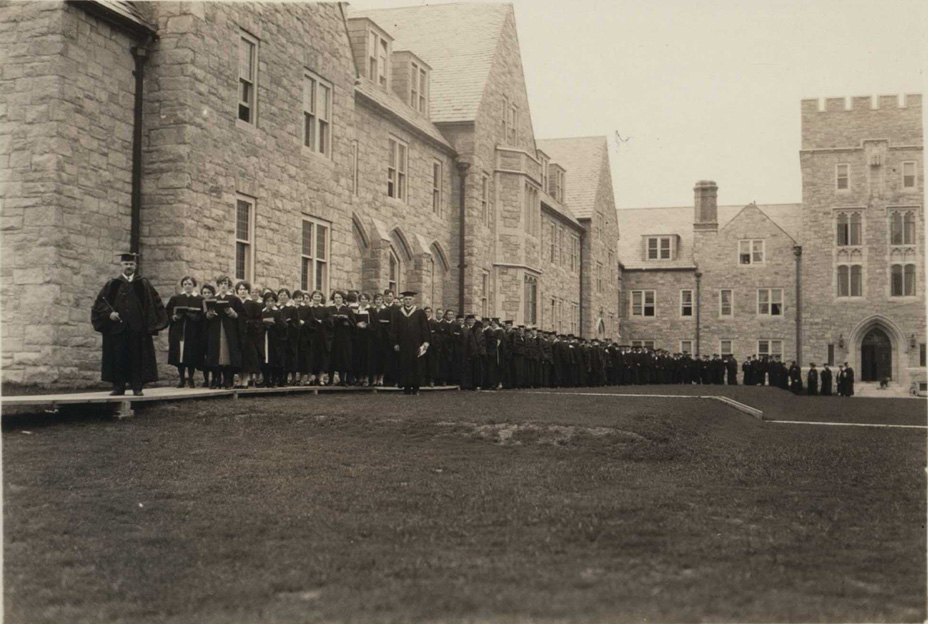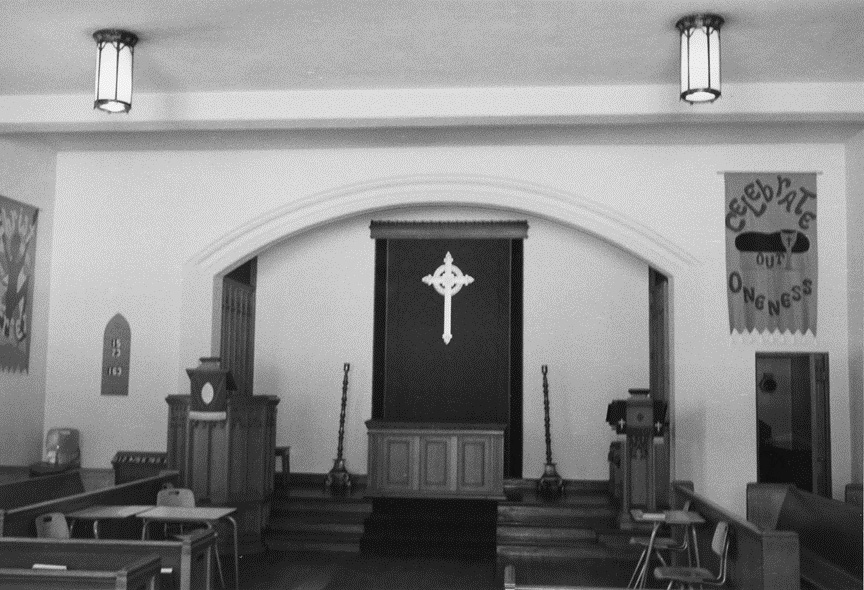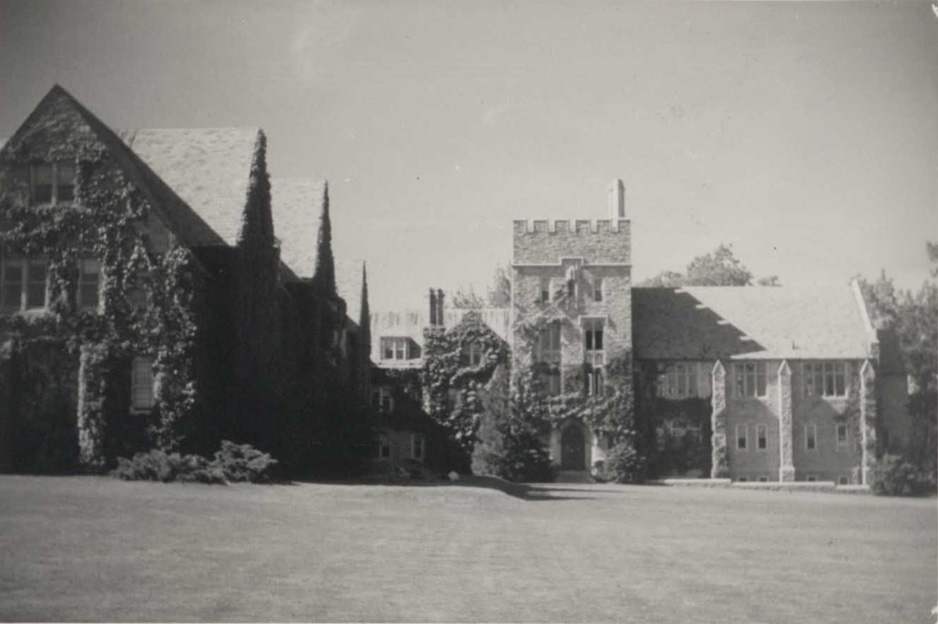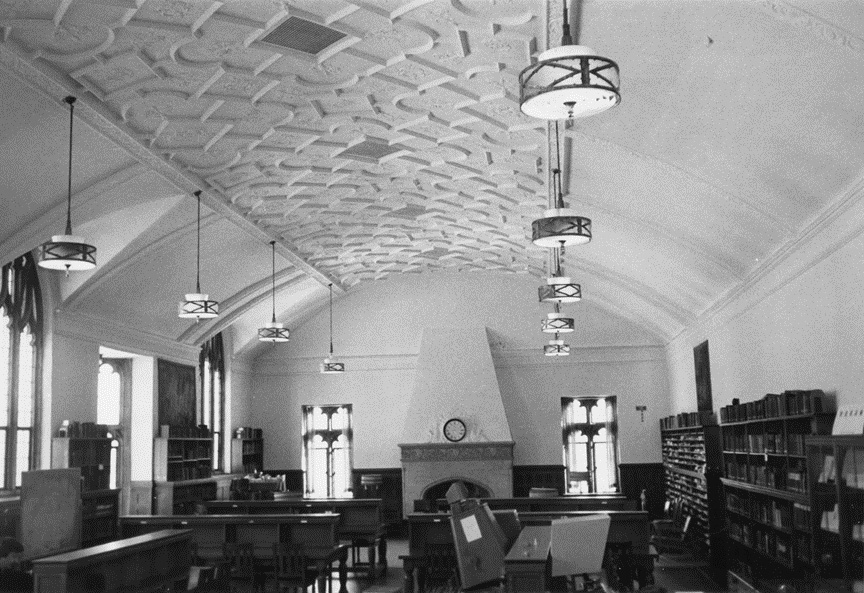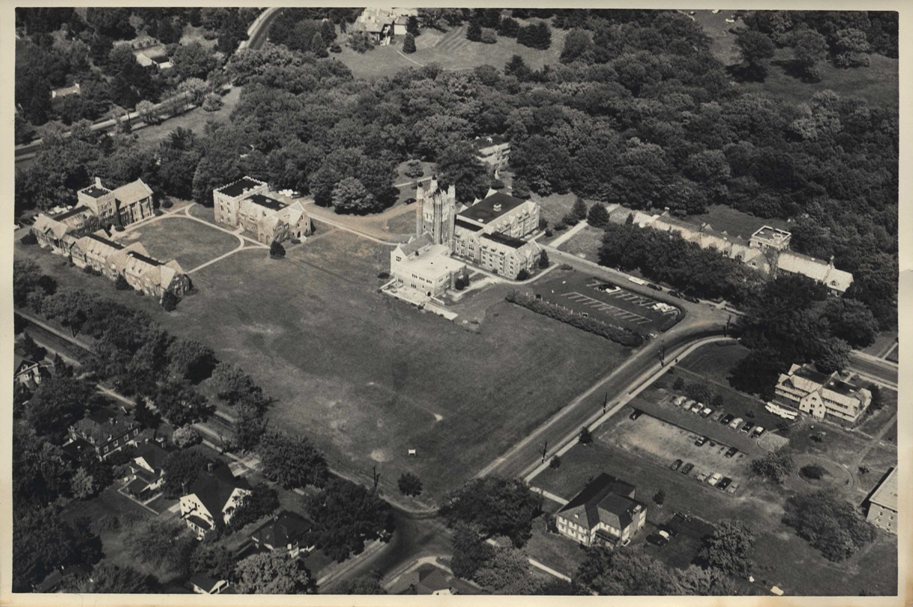Representing the Spirit of Inclusivity: The 4th Campus of Hartford International University
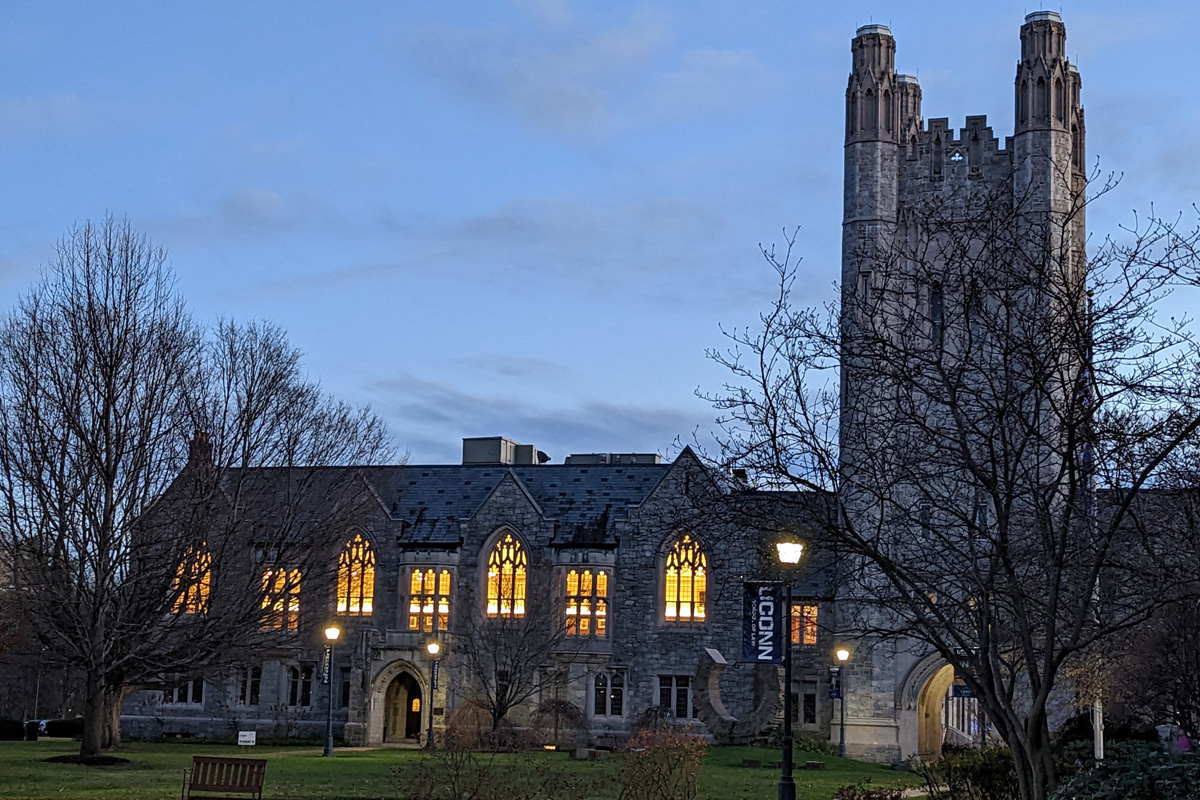
Rising 120 feet into the air, the tower of Avery Hall is an impressive monument to education and learning. Thousands of students walked through its arched entryway over the 50 years that it belonged to the Hartford Seminary Foundation. As Winston Churchill is famously quoted, “We shape our buildings and afterwards our buildings shape us.” Buildings make a statement. They affect the way that those who use them perceive themselves, as well as how others perceive them. But they certainly do not tell the whole story about those who live and learn in them.
Breaking Ground
In 1922, the Hartford Seminary Foundation – a conglomeration of three schools – Hartford Seminary, the School of Religious Education, and the Kennedy School of Missions – broke ground on a 35 acre “shaded” property on part of the old Goodwin estate, off Elizabeth and Girard Avenues. The master plan of the Foundation called for the creation of a new campus built in the Collegiate Gothic style, whose architects had also built Union Seminary and Riverside Church on the upper west side of Manhattan. The style of the buildings with local granite, gothic arches, lead-lined windows, and crenelated towers complete with gargoyles protruding over the parapets, definitely made a statement. The Hartford Seminary Foundation was a world class institution which could compete with the Oxfords, Princetons, and Yales of the world! With a world class faculty, an Arabic library collection that was second to none in North America, and students who came from around the world, the Hartford Seminary Foundation would stand out across the globe.
By 1927, five buildings of the new Hartford Seminary Foundation campus were completed and dedicated with great pomp and circumstance. The three-day dedication ceremony and graduation included a who’s who of higher education and religious institutions: The Rev. William Sloan Coffin, the president of Union Seminary, Dr. Angell, President of Yale University, and Dr. Pendleton, President of Wellesley College for women. Attending was a wide assortment of religious leaders bringing greetings and offering prayers of support. The buildings, by all accounts, were a success!
Hartford’s Inclusivity Sets It Apart
What set the Hartford Seminary Foundation apart from other seminaries of its day, however, was not its size or grandiosity, but rather its inclusivity. Whereas most Christian seminaries were established to support and defend particular denominational loyalties and theologies, The Foundation had become ecumenical. It drew students from a variety of religious backgrounds. It had jettisoned its previous history of requiring faculty to take an oath to protect Calvinist understandings of the Bible and doctrine. Furthermore, in 1889, it became the first theological institution to admit women to full time study. In fact, the first building to be built on the new campus was the women’s dorm. At the groundbreaking for the building, a prayer was offered with the hope and vision that reflects the DNA of Hartford’s inclusivity:
[M]ay the students of this Foundation acquire the royal art of friendship…Help those who dwell here – heirs of differing faiths and orders – to be one in spirit…”
By the 1970s, however, the grand Collegiate Gothic buildings were no longer the impressive draw they had been. There were fewer Christians interested in seminary or missionary work. Religious institutions were no longer considered inspiring but were suspect. Institutional religion was looked down upon. The buildings became representatives of a by-gone era, of empire and dominance. They did not speak to the future.
A New Building: Looking To The Future
In another forward-looking decision, in 1978 the board sold a portion of its Collegiate Gothic campus. A new building was commissioned to look toward the future. In place of the imposing granite domineering buildings was built a post-modern building. The Richard Meier building of 77 Sherman opened its doors in 1981. It reflected not the dominance of Protestant empire, but modern research to respond to the sociological changes of the church.
No longer a traditional seminary training men and women for ordained Christian ministry, Hartford Seminary positioned itself to serve as a “think tank” for religious leaders to respond to the social changes of society, leaning on the expertise of the Hartford Institute for Religion Research, while the Duncan Black Macdonald Center began organizing Christian-Muslim dialogue as a viable path forward for Muslims and Christians.
The move to the Meier building helped to shape a new institution for a new time, an inclusive institution that strove to welcome people of diverse religious backgrounds who sought to serve God and their religious communities.
The white building stands out in the midst of the stately turn of the century homes of the West End of Hartford, directly across the street from the Collegiate Gothic buildings of its fourth campus. The buildings were built during different eras and shaped their students for service in different times. But in many ways they continue to exude the inclusive spirit of Hartford International.

